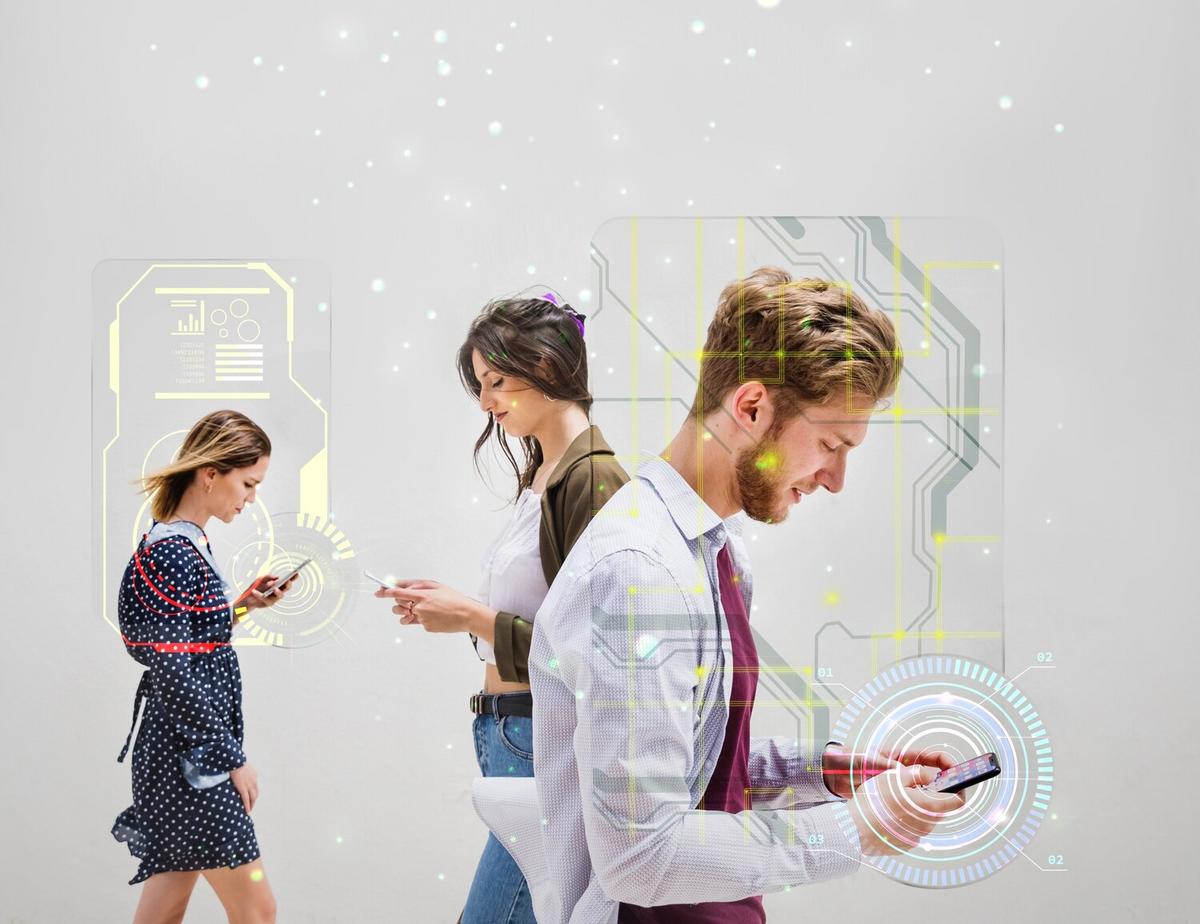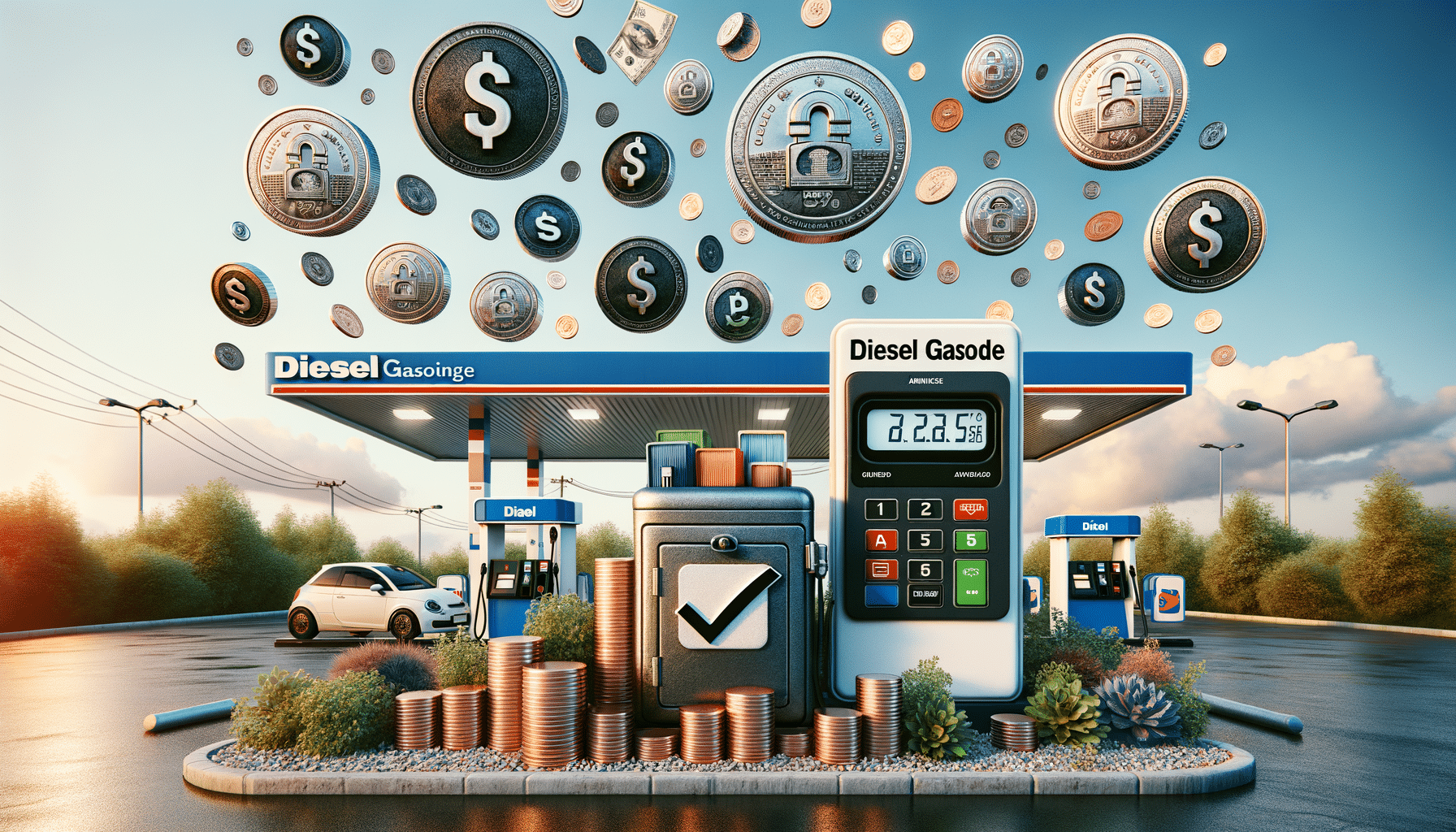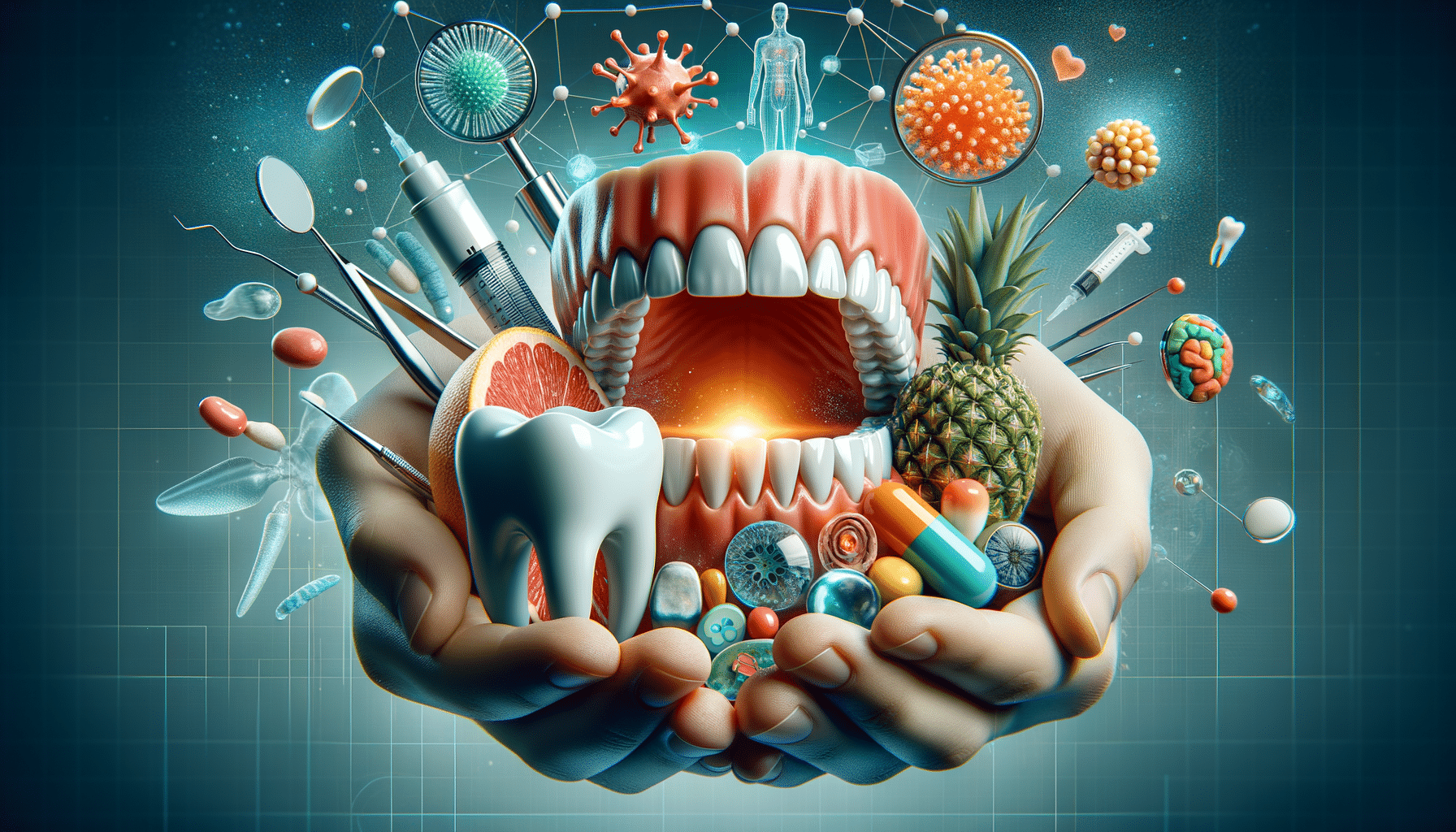
The Intersection of AI and Internet of Things
The convergence of Artificial Intelligence (AI) and the Internet of Things (IoT) is reshaping the technological landscape, creating smart environments where devices not only connect but also learn and adapt. As these technologies integrate, they enhance the efficiency and intelligence of systems, making our lives more convenient and interconnected.
The intersection of AI and IoT is more than just a technological trend; it’s a revolution that promises to redefine how we live and work. By integrating AI’s analytical capabilities with IoT’s connectivity, we’re witnessing a new era of intelligent systems capable of making informed decisions in real-time.
Understanding AI and IoT
AI refers to the simulation of human intelligence in machines that are programmed to think and learn. IoT, on the other hand, involves connecting everyday devices to the internet, enabling them to send and receive data. When AI meets IoT, it allows these devices to analyze data and make decisions autonomously.
Expert Insights
According to a report by Gartner, there will be over 25 billion connected devices by 2030, and AI will be the driving force behind their smart capabilities.
Real-World Applications
Consider smart home systems that learn your preferences over time, adjusting lighting, temperature, and security settings automatically. Or smart cities that use IoT sensors and AI algorithms to optimize traffic flow and reduce energy consumption.
Relevant Statistics
Recent research from IDC suggests that global spending on AI systems will reach $97.9 billion by 2023, highlighting the growing investment in AI-driven IoT solutions.
Enhancing Efficiency with AIoT
AI-powered IoT, often referred to as AIoT, enhances operational efficiency across various industries. In manufacturing, AIoT systems predict equipment failures before they occur, reducing downtime and maintenance costs.
Challenges and Considerations
Despite its potential, the integration of AI and IoT poses challenges such as data privacy concerns and the need for robust cybersecurity measures. It’s crucial for stakeholders to address these issues to ensure safe and effective implementation.
Comparison Table: AI vs. IoT
| Aspect | AI | IoT |
|---|---|---|
| Function | Simulates human intelligence | Connects devices to the internet |
| Primary Use | Data analysis and decision making | Data collection and transfer |
| Examples | Machine learning, natural language processing | Smart thermostats, connected cars |
| Data Handling | Processes and analyzes data | Collects and transfers data |
| Outcome | Automation and insights | Connectivity and data exchange |
| Integration | Enhances IoT capabilities | Provides data for AI processing |
| Challenges | Complex algorithms, data privacy | Security, interoperability |
| Future Trends | Advanced AI models | More connected devices |
Frequently Asked Questions
What is the role of AI in IoT?
AI enhances IoT by providing data analysis and decision-making capabilities, making IoT systems smarter and more efficient.
How do AI and IoT work together?
AI processes data collected by IoT devices, allowing systems to learn from the data and make informed decisions.
What industries benefit from AIoT?
Manufacturing, healthcare, smart cities, and home automation are some of the industries that benefit from AIoT applications.
Conclusion
The intersection of AI and IoT is paving the way for innovative solutions that enhance our environments and streamline processes. By leveraging AI’s analytical power and IoT’s connectivity, businesses and individuals can achieve greater efficiency and insight. As these technologies continue to evolve, staying informed and adaptable will be key to harnessing their full potential.


